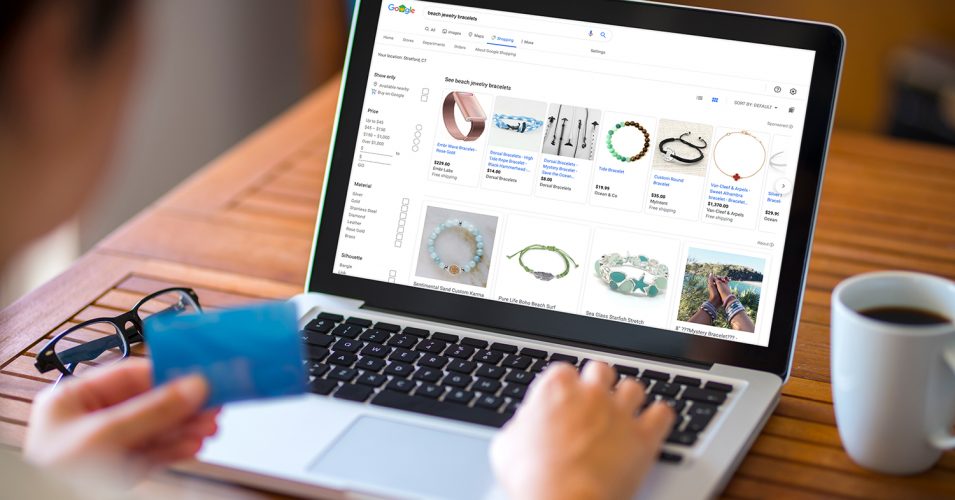Yes, you read that right! It’s now FREE to sell on Google, and with physical storefronts having to shift gears and think of other ways to advertise and sell their products, this couldn’t have come at a better time.
But why did Google make this change and how is it beneficial for your business? Let’s find out!
Why Google Made the Shift
With COVID-19 causing brick-and-mortar retailers to close their doors, business owners and marketers across the world have had to think of new and creative ways to advertise and keep business going. Because the combination of Digital Marketing backed by an eCommerce website has become the go-to marketing strategy amid this pandemic, Google decided to roll out one of its most significant changes in over eight years: opening its Shopping search results to organic listings.
Why Is This Important for Businesses?
Back in 2012, Google shifted to a strictly pay-to-play product model. But this recent change didn’t just come out of nowhere. There were two big factors that played a part in this evolution: data quality and Amazon. Before Google went entirely paid, there were quality problems with out of stock listings, and shoppers were often led to entirely different products altogether. However, Google was able to adjust and fix these errors since then.
Then, as Amazon continued to grow, Google faced the issue of having to compete with this eCommerce giant. As they gained share in product search and advertising, it put Google at a disadvantage and limited shopping results to only those that were willing to pay for them.
By opening up Google Shopping to all merchants, Google will not only be more attractive to both shoppers and sellers, but they will also gain a pretty significant competitive edge over Amazon. Plus, businesses and their owners will see some pretty great advantages too. For example, merchants will get FREE exposure to the millions of people that shop on Google while shoppers will see a wider variety of products from stores that may not have been available online in the first place. In addition, this latest change provides an added layer of Search Engine Optimization (SEO) opportunity for your brand and it allows advertisers to adjust their paid campaigns to include free listings.
So How Does It Work?
- Ad Distribution & Free Listings: It’s important to know that the main Google Search page is not changing, and the carousels will continue to contain ads only. But you’ll now see that paid ads are appearing both at the top and bottom of the Google Shopping tab page, just like they do on the main search results tab. This change will also affect the search results pages on Google Shopping hub in the U.S.
- Free Listings Are Powered by Data Feeds: When you upload a free listing to Google Merchant Center, it will be powered by product data feeds. According to Google, in order to do this, you will need to open a Google Merchant Center account, upload a product feed, and then sellers will need to opt-in to “surfaces across Google” to be qualified for organic visibility.
- New PayPal Integration Option: Google also announced that they have a new partnership with PayPal which will allow retailers to link those accounts to Google Merchant Center. This is a great added benefit because Google can now verify trusted merchants and pull in seller details quicker.
You Don’t Have to Tackle eCommerce Alone
Times are tough, and we don’t want you to have to go about creating an eCommerce store alone. If you’re interested in creating a virtual storefront and need a little help, contact our Zero Gravity Marketing team today. Whether you have a business big or small, we have digital marketing packages that can fit your budget, even in unique situations like this one.









